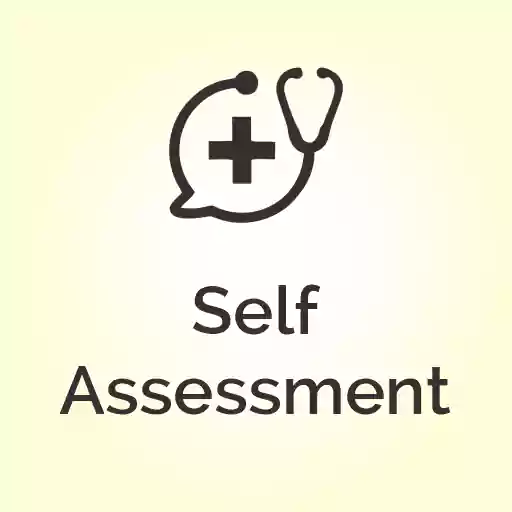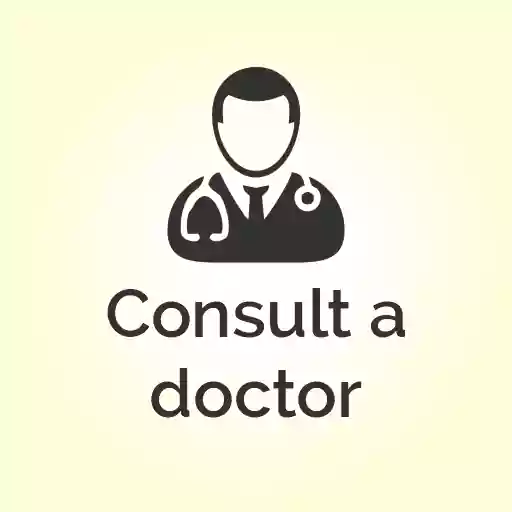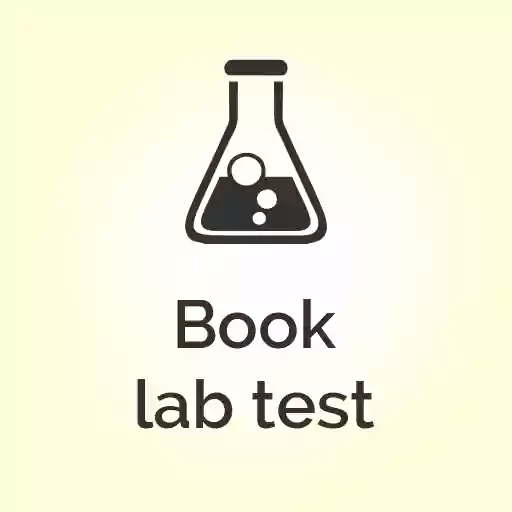Introduction - Overview of the disease
Hypertension occurs when the blood pressure in the human body remains elevated above the normal for a long period of time. It is a disease that significantly increases the risk to the heart, brain, and kidney.
Hypertension is a prime risk factor for complications linked to the cardiovascular system, such as stroke, heart attack, heart failure, and aneurysm (bulge in the wall of an artery). Keeping the blood flow at optimum pressure is essential for reducing the risks of this dangerous disease.
Before understanding the symptoms, management, and treatment of hypertension, let us first understand what two types of blood pressure mean:-
Systolic pressure:
Systolic pressure measures the blood pressure in your arteries when your heart beats, i.e. the heart is contracting to pump the blood out of the heart.
Diastolic pressure:
Diastolic pressure measures blood pressure in your arteries between heartbeats, i.e., blood pressure at the instant when your heart is in a relaxed state and receiving blood back.
According to AHA guidelines, if blood pressure is consistently more than 130 over 80 millimetres of mercury (mmHg), then it is a case of hypertension, and the person should immediately consult a cardiologist.
Causes of HypertensionThere are generally two Hypertension causes, primary and secondary:
1. Primary/Essential hypertension is the most common type of hypertension when high blood pressure does not have an identifiable cause. There is no underlying disease which is leading to Hypertension. Hence in such cases risk factors need to be looked into which have triggered high blood pressure.
2. Secondary hypertension: In secondary hypertension, high blood pressure is generally due to an underlying health condition such as kidney disease, adrenal gland tumour, hyperthyroidism or hyperparathyroidism, pregnancy, sleep apnea, congenital disabilities in blood vessels, consumption of cocaine and amphetamines. |
|
Risk Factors Associated With HypertensionThere are generally two Hypertension causes, primary and secondary: 1. Modifiable risk factors: are those which can be changed and it includes unhealthy and unbalanced diets (high salt consumption, consumption of highly saturated fats, reduced consumption of potassium), high-stress levels, physical inactivity, tobacco, drugs, alcohol consumption, obesity and co-existing diseases such as diabetes and kidney disease. 2. Non-modifiable risk factors: are those which cannot be altered such as a family history of hypertension, an age of 65 years or over, race (people with African heritage have a higher risk of hypertension) and pregnancy. |
|
Causes of HypertensionThere are generally two Hypertension causes, primary and secondary:
1. Primary/Essential hypertension is the most common type of hypertension when high blood pressure does not have an identifiable cause. There is no underlying disease which is leading to Hypertension. Hence in such cases risk factors need to be looked into which have triggered high blood pressure.
2. Secondary hypertension: In secondary hypertension, high blood pressure is generally due to an underlying health condition such as kidney disease, adrenal gland tumour, hyperthyroidism or hyperparathyroidism, pregnancy, sleep apnea, congenital disabilities in blood vessels, consumption of cocaine and amphetamines.
Risk Factors Associated With Hypertension
High blood pressure has two types of risk factors: 1. Modifiable risk factors: are those which can be changed and it includes unhealthy and unbalanced diets (high salt consumption, consumption of highly saturated fats, reduced consumption of potassium), high-stress levels, physical inactivity, tobacco, drugs, alcohol consumption, obesity and co-existing diseases such as diabetes and kidney disease.
|
Symptoms of Hypertension
Thus, regular checking of blood pressure is important. Multiple readings should be taken to avoid any mistakes, and it’s important to check blood pressure levels in both arms to be sure.
|
Diagnosis of HypertensionYour doctor will ask about your medical history and do a physical examination. The doctor, nurse or the medical assistant will put an inflatable arm cuff around your arm and compute the blood pressure using a pressure-measuring gauge. Your blood pressure should be measured in both arms to determine if there is a difference. It's essential to use a suitable-sized arm cuff. Both numbers in a blood pressure reading are essential. But after age 50, the systolic reading is even more essential. Isolated systolic hypertension is a condition in which the diastolic pressure is normal(less than 80 mm Hg) but systolic pressure is high (greater than or equal to 130 mm Hg). This is an ordinary type of high blood pressure among people older than 65. Because blood pressure usually varies during the day and may increase during a doctor visit (white coat hypertension), your doctorwill likely take several blood pressure readings at three or more separate appointments before diagnosing you with high blood pressure. Even though hypertension can be diagnosed on the basis of blood pressure reading, lab tests may be required. Lab tests can be suggested for following reasons:
|
Treatment of Hypertension
Fundamental changes in your daily lifestyle are crucial for the prevention of hypertension. Some lifestyle changes that you can incorporate into your daily habits are:
1. Regular physical exercise: People with hypertension or even slightly high blood pressure should exercise regularly like aerobics, yoga, cycling, jogging or swimming, etc.
2. Balanced diet: A balanced diet can help you keep high blood pressure and other health risks at bay.
- Reducing intake of salt to under 5 grams a day. Limit alcohol consumption .
- Avoid smoking, junk food, and recreational drugs.
- Consumption of fruit and vegetables, beans, pulses, and nuts to be increased.
- Fish and fish oil rich in omega-3 to be consumed regularly .
- Research suggests that consuming probiotic supplements may benefit people with hypertension.
3. Stress reduction: Stress has become a part of everyone's life in the modern world. Incorporating activities such as reading, daily meditation, yoga, and long walks help relieve stress.
4. Medication: Generally, diuretics, beta and alpha-blockers, calcium-channel blockers, vasodilators, and Angiotensin-converting enzyme inhibitors are recommended. However, one should only resort to medication for hypertension treatment on a professional's advice.
5. Ideal body weight: Managing ideal body weight is necessary as excessive body weight is a prime contributor to hypertension, as the heart has to work hard to pump blood.
Assurance by NanoHealth Disease Management Program
Assurance by NanoHealth helps in timely identification, diagnosis and treatment by pairing you with the right care providers.
Our disease care management programs include:
1. Regular interactions with your health coach for treatment adherence.
2. Periodic doctor consultations to ensure effective treatment.
3. Routine blood tests to track the progress and improvements.
Assurance is with you every step of the way until maximum health and wellness are achieved.
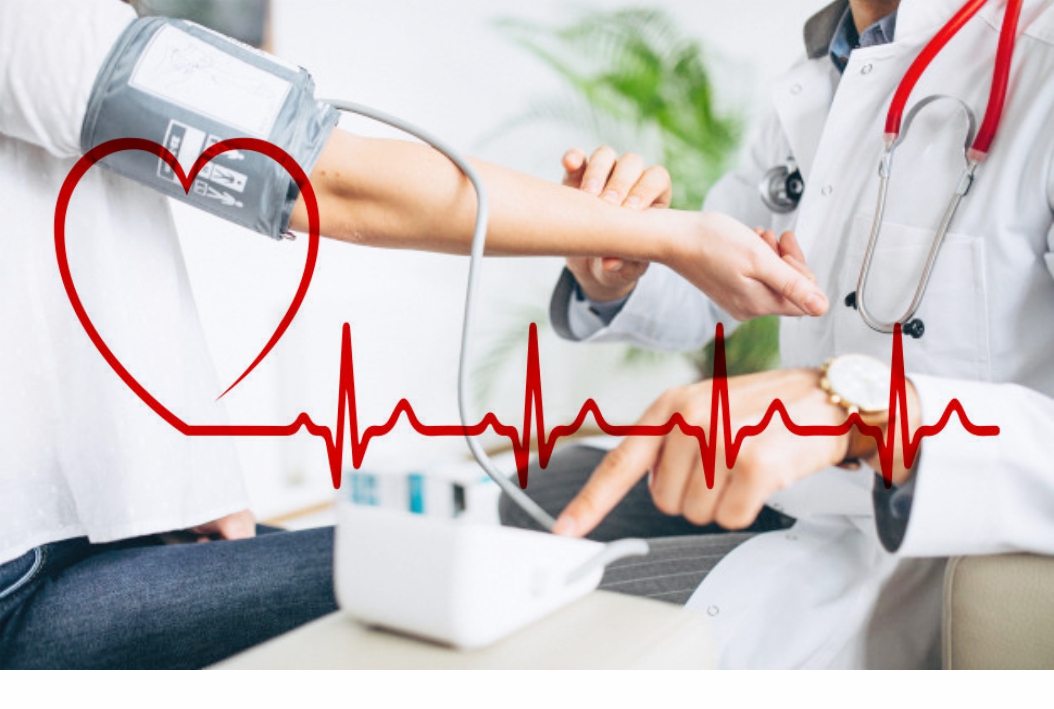
Hypertension makes us all hyper on diagnosis, is a long- term medical condition in which the blood pressure in the arteries is high and remains persistently elevated. It significantly increases the risks of heart, brain, kidney and other diseases.
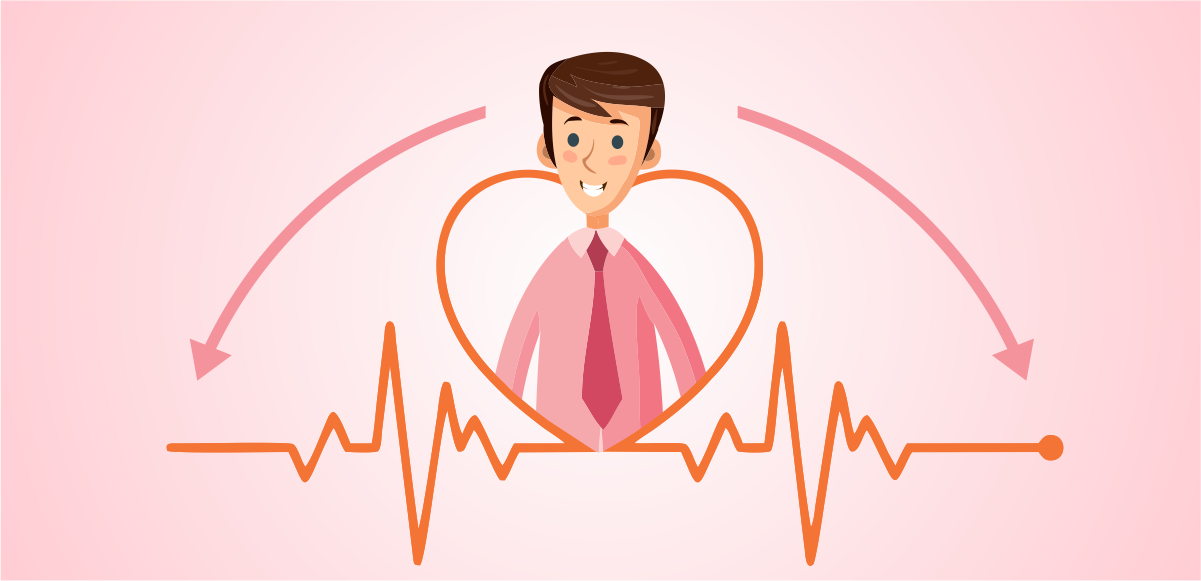
Hypertension is a major risk factor for cardiovascular disease, which is the leading cause of death worldwide.













